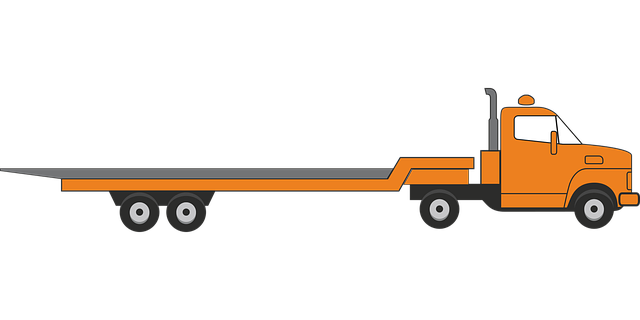SIOUX CENTER—Everybody loves a sunny day, but Alex Hofman, owner of the Sioux Center-based lawn care service company Down to Earth, has another reason to look forward to sunshine after his recent installation of two solar panel arrays.
Down to Earth has several machine sheds at 651 Ninth St. SW holding the equipment and materials it uses for its lawn mowing, landscaping, lawn chemical and snow removal services. On the roof of two of these buildings, 38 solar panels were fastened to the south-facing slopes, installed in November by Ric Hansen of Alton with Solar and Automation Control Solutions.
With about one month’s use so far, Hofman for the first time is looking forward to seeing his first utility bill since the solar panels were switched on. On a sunny day, the solar panels begin to produce more energy than Down to Earth consumes starting at 9 a.m. Even on cloudy or foggy days, the solar panels are still capable of generating energy. With the thick fog seen a couple weeks ago, the panels provided about 20 percent of the energy used.
“I scan every utility bill, but now that this system is up and going, for me, it’s been extremely rewarding when I see that percentage on my phone app get above 100 percent. We’re still getting work done, we’re still using lights, we’re still using fans and welders, but we’re not paying for electricity,” Hofman said.
Solar panels installed in November line the south-facing roof on a Down to Earth machine shed in Sioux Center. Down to Earth owner Alex Hofman hopes it will help with further changes, including purchasing electric-powered lawn mowers.
The only downside is that if the solar panels generate more energy than what is needed that moment, it is sold back to Hofman’s utility provider at a low rate.
“It’s a couple of cents compared to what they’re selling it for,” Hofman said. “We are working on getting a way to store the energy since that’s a much more effective way to do this.”
Down to Earth is not the first Sioux Center business to install solar panels. Scott Beernink of Sioux Center, owner of the building at 67 Third Ave. NE, was the first to do so in November 2021, with that work also done by Solar and Automation Control Solutions. Hofman credited Beernink with giving him advice on the process.
Hofman was partly inspired to look into acquiring solar panels for his business by trips to Europe with his wife, Elina. While visiting countries like the Netherlands, he noticed how common solar panels were for businesses and homes.
The incentives in place by state and federal programs through tax credits and grants were also crucial in deciding to go through with it.
“I feel it’s the right time to do it. They have incredible grants that are really hard to believe, and that’s something you can’t just close your eyes to,” Hofman said. “You take a look at Europe, where they’re importing most of their gas. In the Netherlands, I’ve made friends keeping their houses at 60 degrees who have utility bills over 700 euros, and that’s for what in the U.S. would be called a tiny house. … Energy is something that’s always going to cost more during certain administrations. If you don’t have to deal with that and have a consistent energy, I think it’s something you can’t ignore.”
Hofman has already secured one tax credit and is waiting to hear back if he qualified for the U.S. Department of Agriculture’s Rural Energy for America Program, which would cover 50 percent of the project cost. If it all goes through, he expects it would take two to three years for the savings to pay for the project.
Savings will help Hofman and his business partner, Mike Maassen of Sioux Center, transition more of the company’s fleet of 10 lawn mowers from gas power to battery power, reducing a major company expense.
“Our goal is to see how this works and also eventually hopefully cover our fleet’s needs,” Hofman said. “Our budget for gas is $8,000 a month. We just purchased our first electric mower, a 60-inch, zero-turn mower. We plan to use the panels to charge that system. It can run eight hours off one charge.”
Additionally, he hopes to eventually get his shops’ heating systems to run off the solar panels. In the meantime, he’ll keep monitoring the solar panels’ performance. If more solar panels are needed to keep up with the increased energy needs, there is still enough room left on the roofs for additions.
“That’s definitely a goal we have,” he said about the heating system, “but we’re taking baby steps. We just got to make sure this is going to work.”





